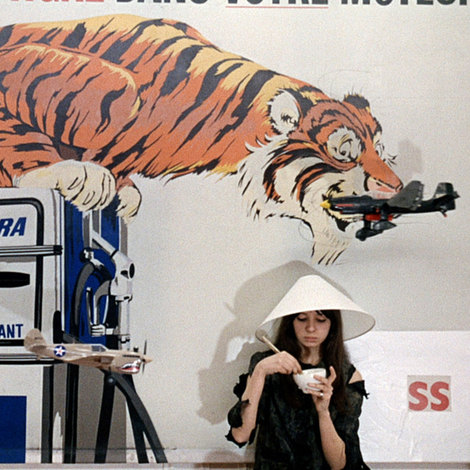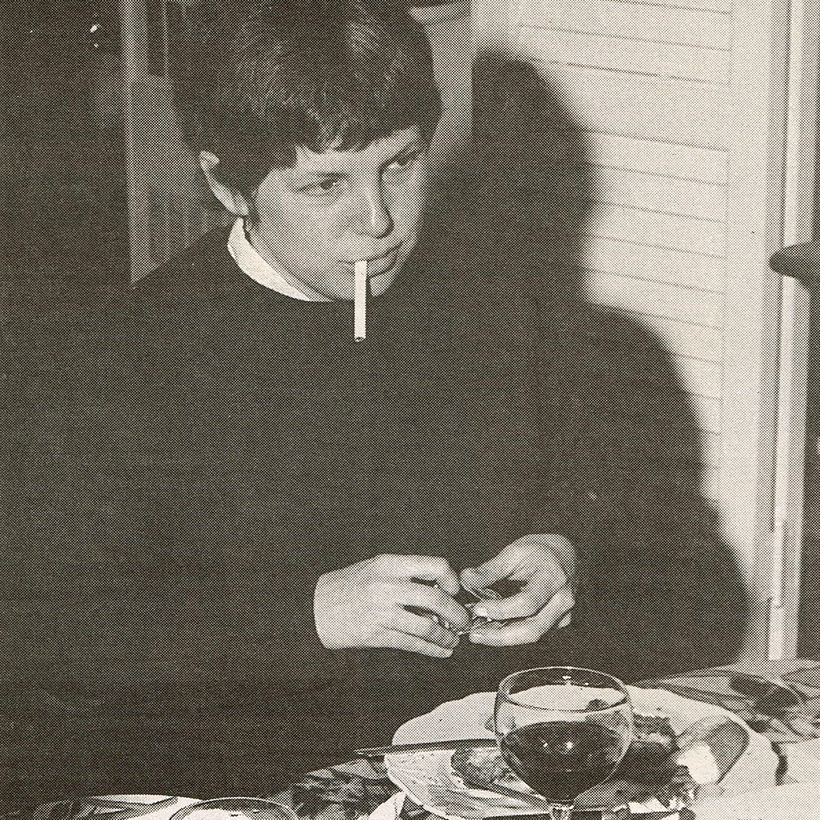Spanning just three books, the Harriet the Spy children’s series (1964–79), focused on the life of an intrepid, 11-year-old New York City sleuth, has been called a “milestone in children’s literature” and is estimated to have sold as many as 2.5 million copies. It was also banned in much of the Southern U.S., the reason, summed up by a school board in Xenia, Ohio, in 1983, being that it encouraged children to disrespect their parents by talking back, spying on others, and lying.
The title of Leslie Brodie’s biography of Harriet the Spy’s creator, Louise Fitzhugh, is aptly named after one of Fitzhugh’s character’s most memorable lines. In Sometimes You Have to Lie, Brodie traces the author’s privileged but turbulent upbringing in segregated Tennessee to her 20s as a painter in New York, and her later adulthood as a successful children’s-book writer and illustrator, revealing Fitzhugh to be just as irreverent and frank as her beloved creation.

By the time she turned 19, Fitzhugh had already hit Reject on the trappings of debutante life. Her strained relationship with her domineering father went from bad to worse after a summer job at Memphis’s Commercial Appeal newspaper gave her unlimited archival access to her parents’ scandalous divorce. While the details were altogether sordid, nothing shocked Fitzhugh more than an account of a custody argument that allegedly ended with her mother tossing baby Louise onto a divan and turning on her heel. Shortly thereafter Fitzhugh cut ties with her family and moved permanently north of the Mason-Dixon Line.
Harriet the Spy was banned in much of the Southern U.S., the reason being that it encouraged children to disrespect their parents by talking back, spying on others, and lying.
In New York, Fitzhugh devoted herself to her artistic pursuits, first at Bard College and then in Manhattan, where she studied at the Art Students League. In addition to her strong-mindedness, later reflected in Harriet the Spy, Fitzhugh was known for her eccentric style of dress; the artist favored tailored velvet suits, Brooks Brothers shirts, and theatrical capes that gave her diminutive form added flair. Fitzhugh lived as an out lesbian for most of her life—a fact her estate has tried to minimize since her death.
Fitzhugh found limited success as a painter, but a collaboration with her friend Sandra Scoppettone led to the idea for Suzuki Beane, a picture book about a grade-school Beatnik. From there Fitzhugh began dreaming up a heroine of her own. In a letter to the poet James Merrill, Fitzhugh described her idea for a book about “a nasty little girl who keeps a notebook on all her friends.” That nasty little girl would become Harriet M. Welsch, Upper East Side Spy, and Fitzhugh would not only write the text but also provide the illustrations.
Lacing up her high-tops and strapping on her tool belt, Harriet prowls the streets to record the comings and goings of the neighborhood crowd in her private notebook with the brutal honesty only an 11-year-old could manage—and revolutionizing children’s literature in the process.
Lauren Sarazen is a Paris-based writer

